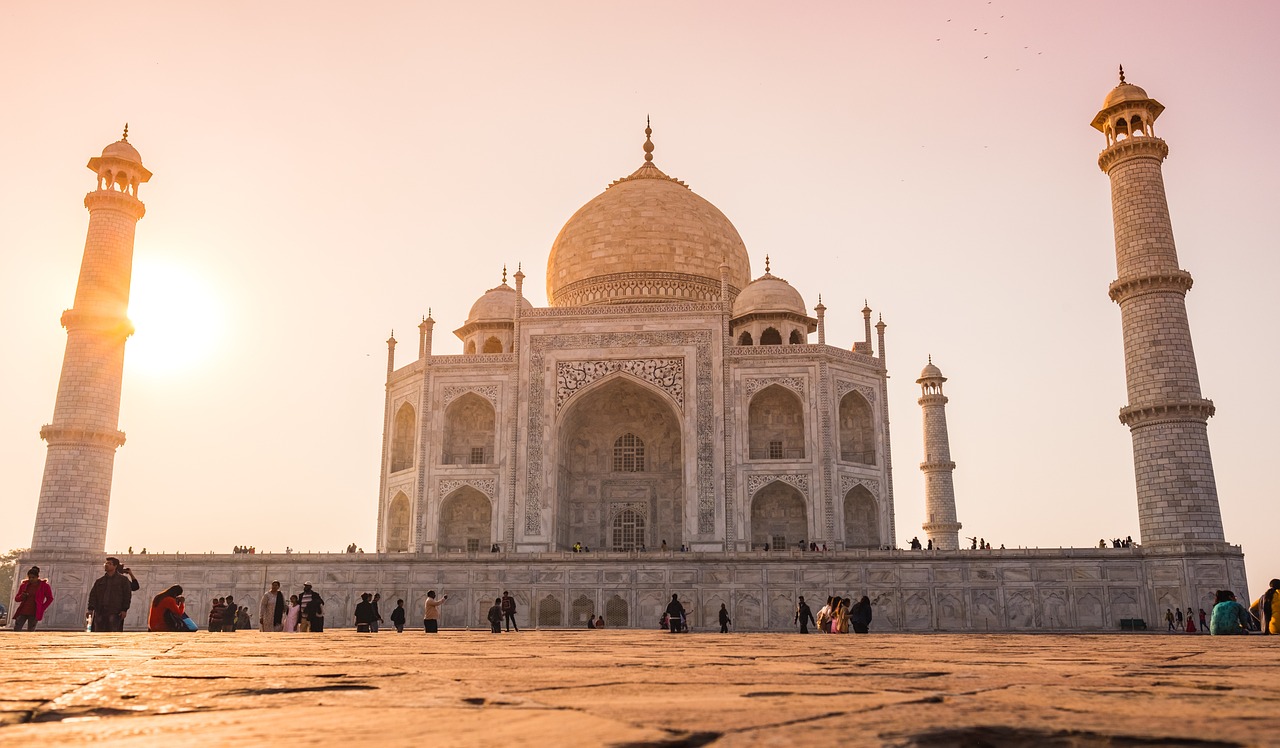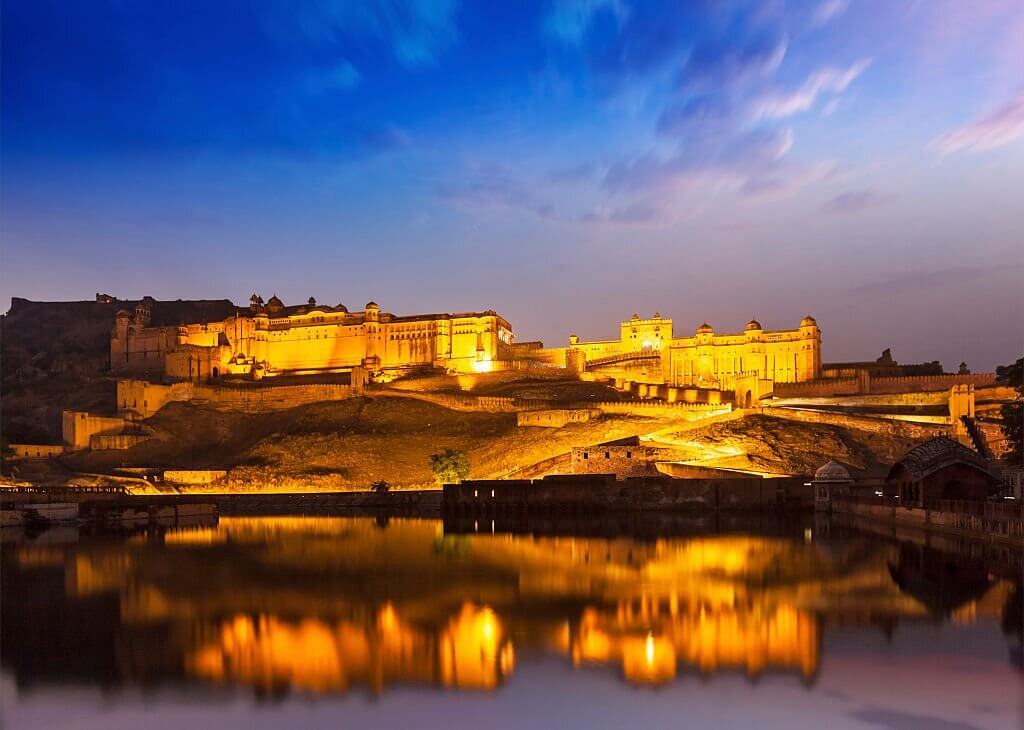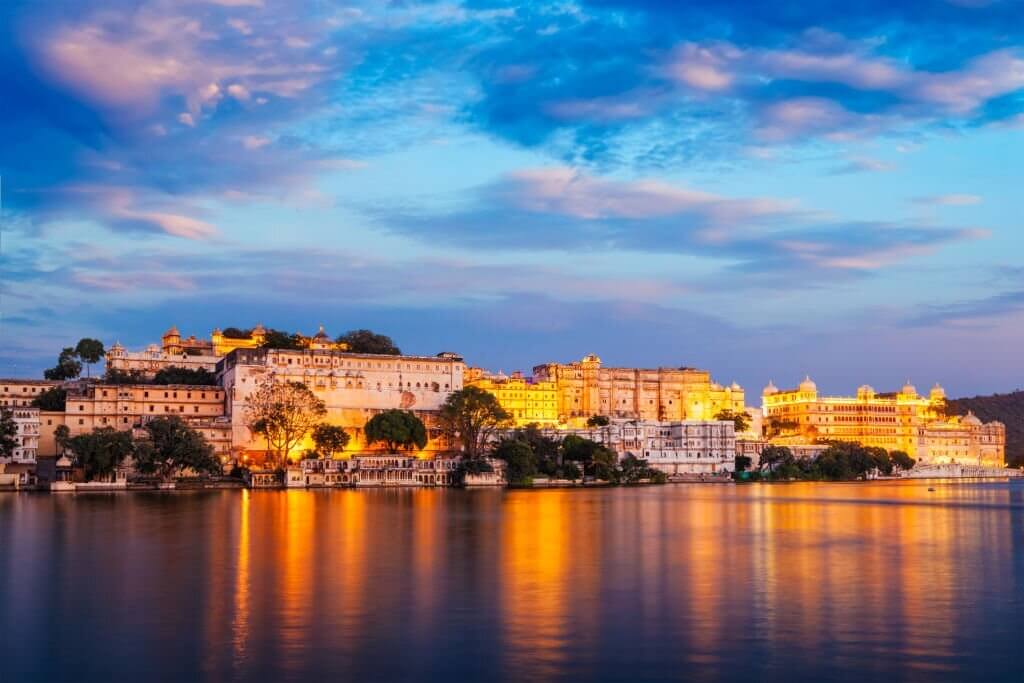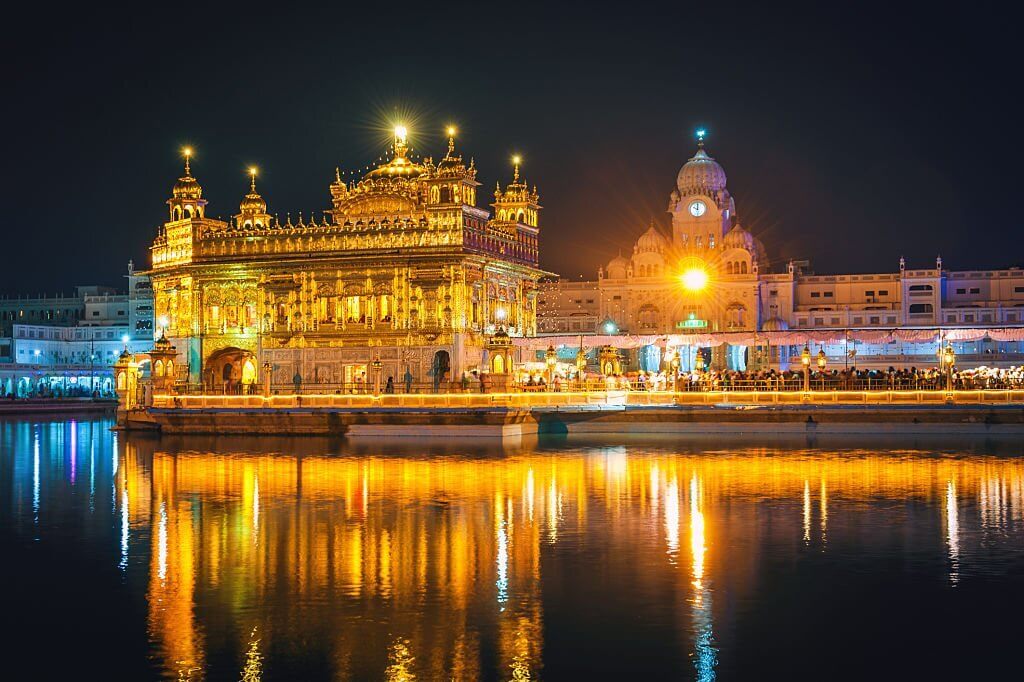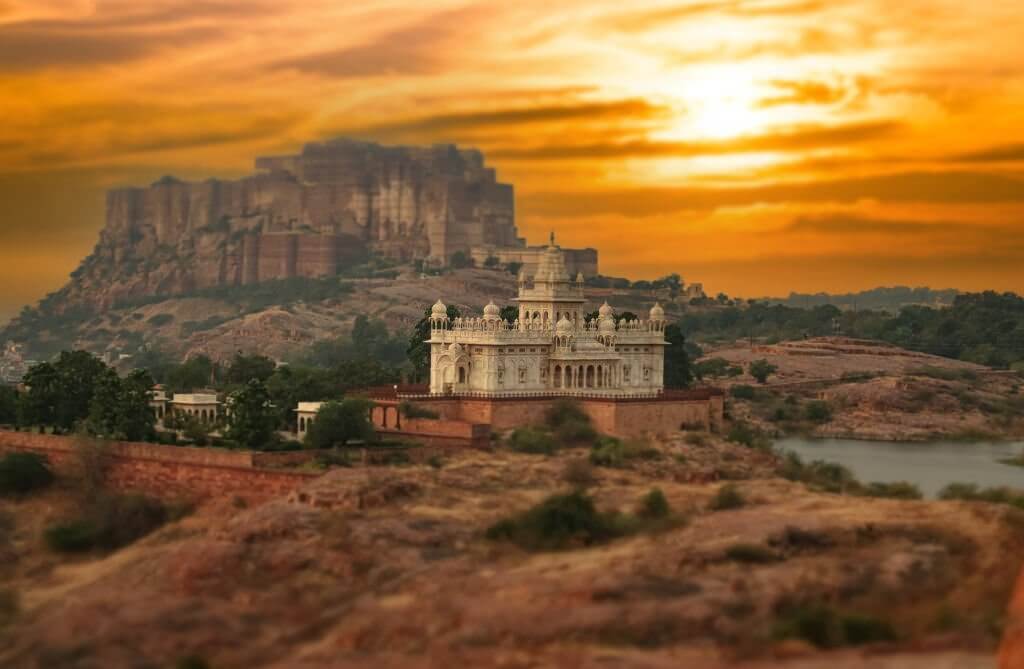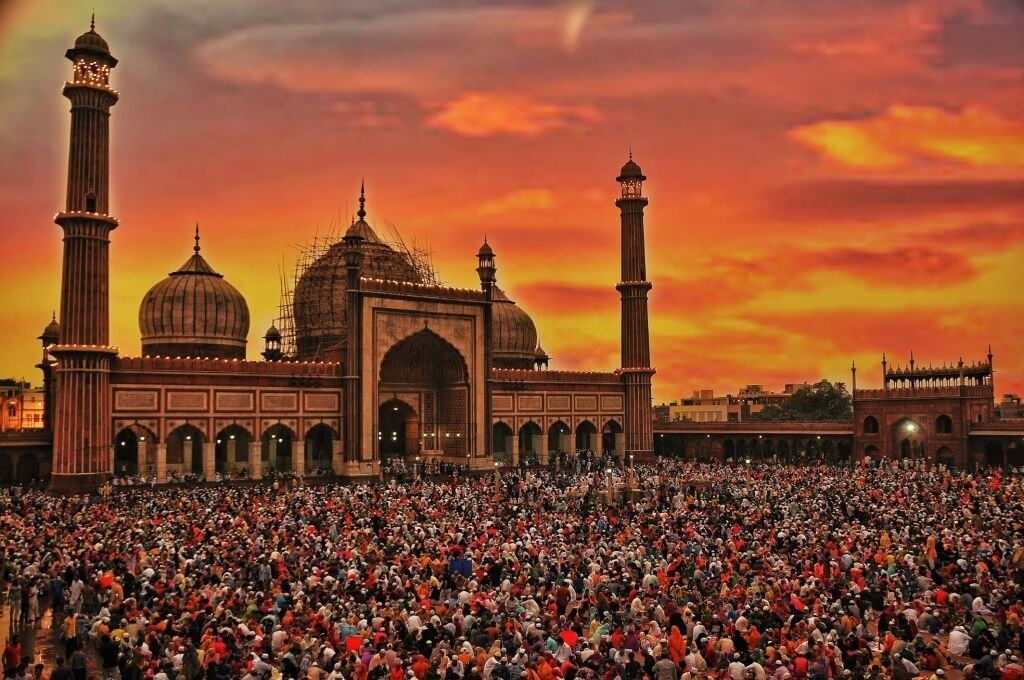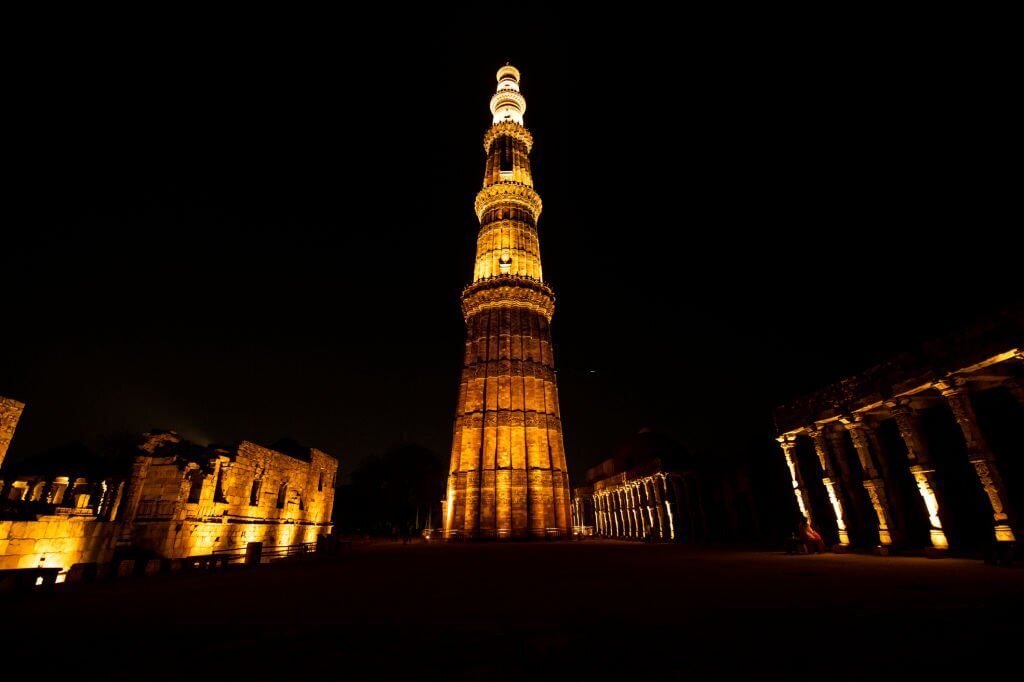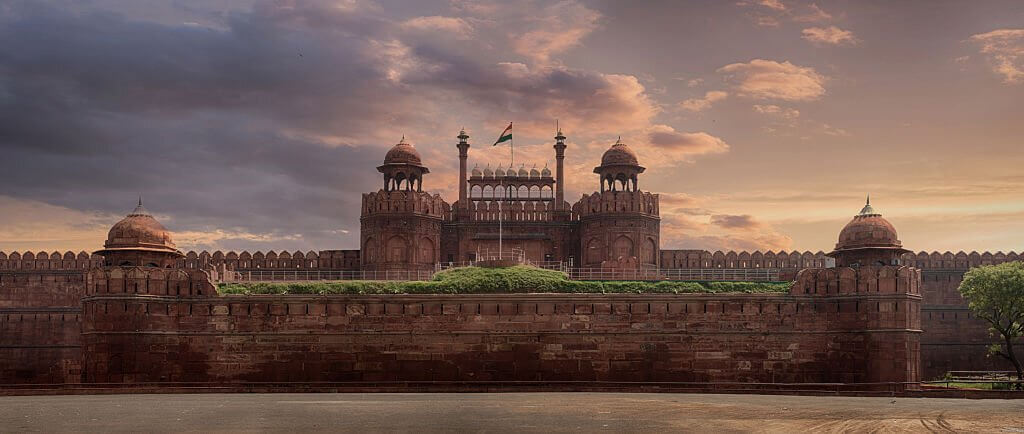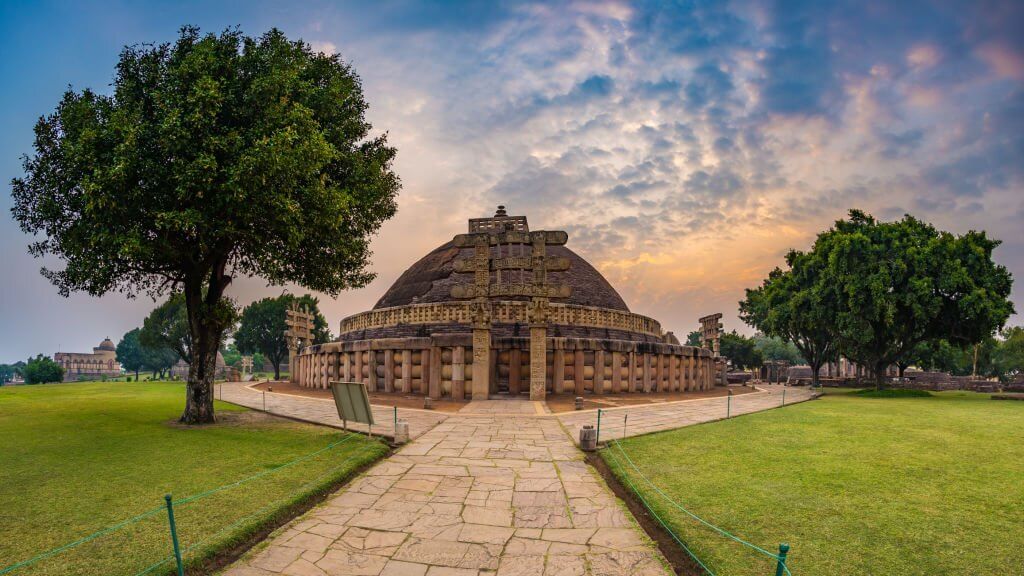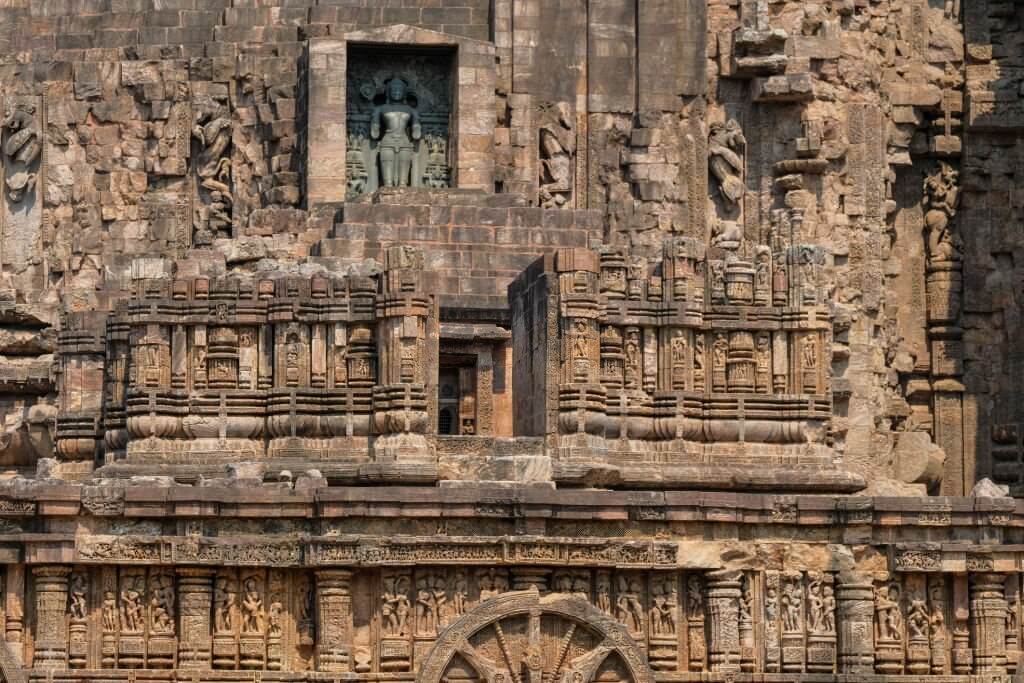
03 minutes read
Hawa Mahal
Hawa Mahal, also known as the 'Palace of Winds,' is a stunning architectural marvel located in Jaipur, Rajasthan, India. It is an iconic landmark and a prominent tourist attraction.
History
Hawa Mahal was built in 1799 by Maharaja Sawai Pratap Singh, a ruler of Jaipur. The palace was designed by Lal Chand Ustad, an architect who created a unique structure with its distinctive honeycomb-like facade. The primary purpose of Hawa Mahal was to allow the royal women of the palace to observe street festivals and daily life in the city while remaining hidden from public view. The palace is known for its intricate latticework windows and the cool breeze that flows through them, providing respite from the scorching desert heat.
Best time to visit
(March to June) : Visiting Hawa Mahal during the summer months can be hot, with temperatures often exceeding 40°C (104°F). It's advisable to visit early in the morning or in the late afternoon to avoid the heat.
(July to September) : The monsoon season can bring relief from the heat, but heavy rainfall may disrupt travel plans. Be prepared for wet conditions during this time.
(October to February) : The best time to visit Hawa Mahal is during the winter months when the weather is cool and pleasant, with temperatures ranging from 5°C to 24°C (41°F to 75°F). This is the ideal time for sightseeing and exploring the palace comfortably.
How to reach
The nearest airport to Jaipur is Jaipur International Airport, which is well-connected to major cities in India and some international destinations. From the airport, you can hire a taxi or take other transportation options to reach Hawa Mahal.
Jaipur Railway Station is well-connected to various cities in India, including Delhi, Mumbai, and Kolkata. From the railway station, you can hire a taxi or take local transportation to reach Hawa Mahal.
Hawa Mahal is located in the heart of Jaipur and is easily accessible by road. You can reach it by hiring a taxi, taking an auto-rickshaw, or using public buses. The palace is well-connected to various parts of the city.

